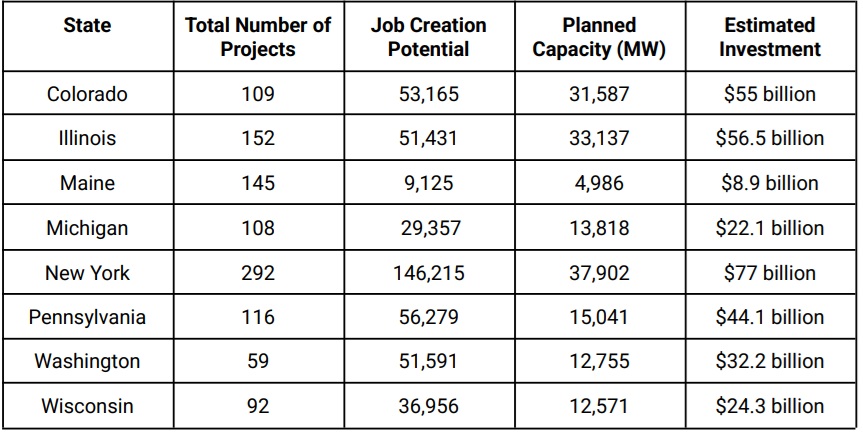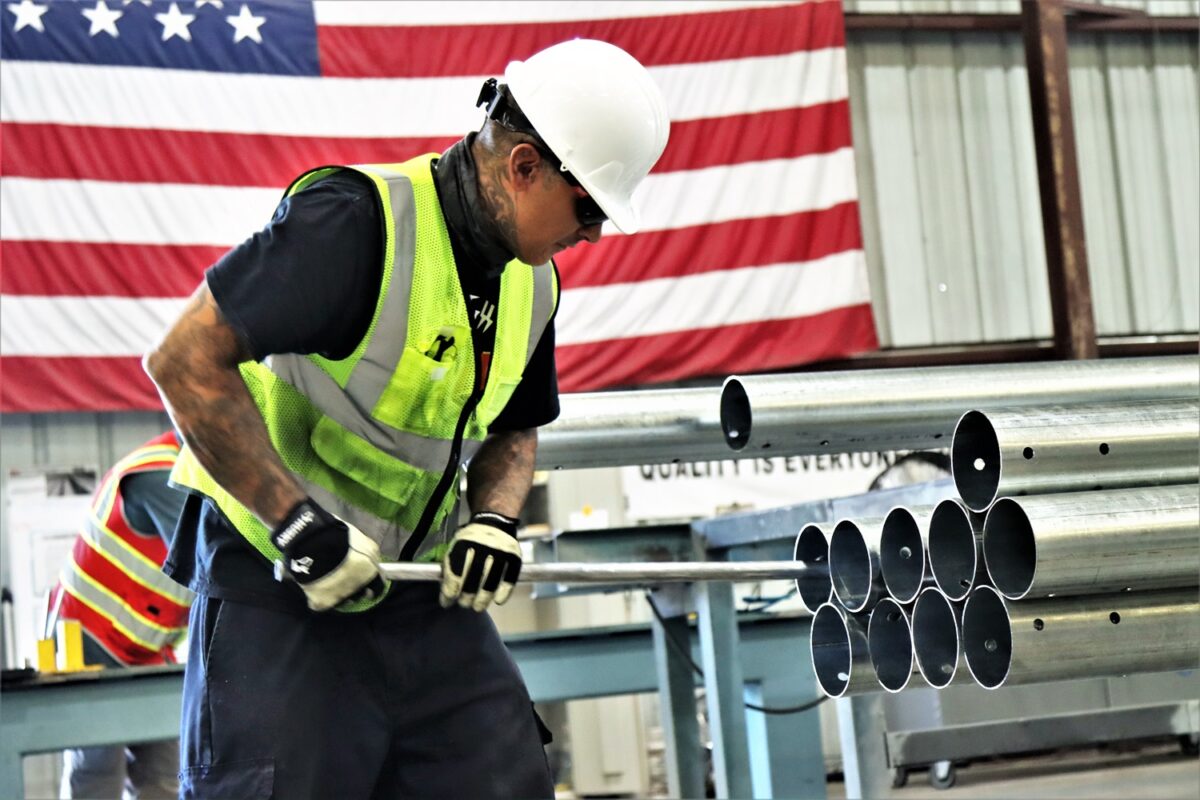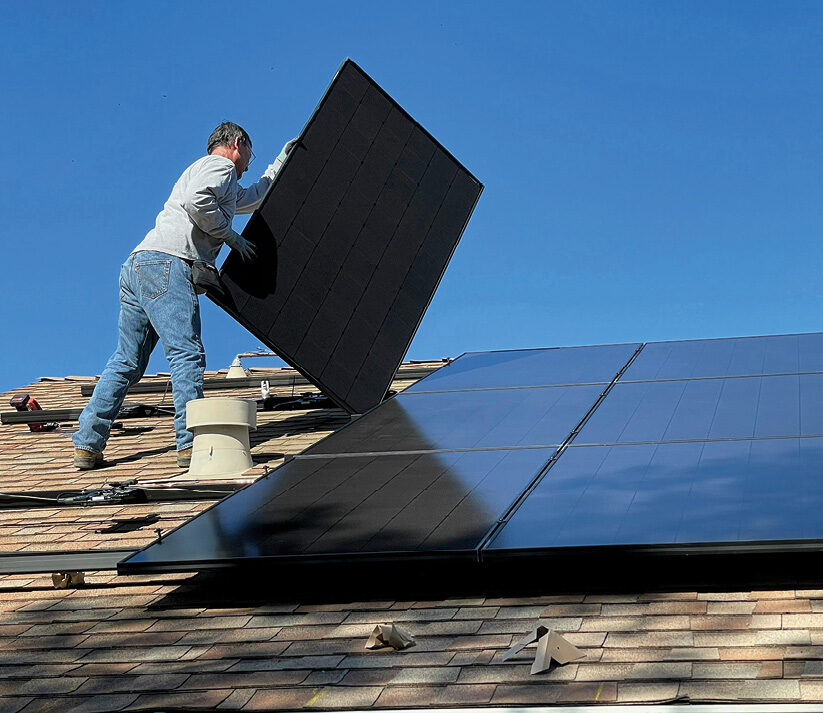The House of Representatives voted 216 to 214 to adopt a multitrillion-dollar budget framework on April 9 and will reconvene after the Easter break to begin the reconciliation process. The clean energy sector is focused on whether the Investment and Production Tax Credits, which may or may not be part of the reconciliation, stay intact or are removed in scalpel fashion.
House Speaker Mike Johnson (R-LA) said he supports a “scalpel” approach to IRA cuts rather than using a “sledgehammer.” However his approach appears to be growing slightly more aggressive.
“It’ll be somewhere between a scalpel and a sledgehammer. We’ll see,” said Johnson in a press conference in late February.
The Investment Tax Credit (ITC), originally enacted in 1978 and worth 10% of the cost of solar and wind technologies, has been through many iterations. The 2022 Inflation Reduction Act (IRA) made it technology neutral, hiked it to 30%, extended it to 2034 and included several adders, such as a bonus for domestic content, among others.
The Production Tax Credit (PTC), originally enacted by the Energy Policy Act of 1992 and applied to renewable energies, also went through many changes. With the IRA in 2022, the PTC became technology neutral, was extended through 2034 and came with specific workforce and apprenticeship requirements. The labor provisions include the requirement that developers pay prevailing wages and train workers through apprenticeship programs.
The Climate Jobs National Resource Center (CJNRC) recently looked at the federal tax credits as economic drivers in terms of job creation. This labor-led organization works to combat climate change, create good union jobs, and reverse racial and economic inequality by building a worker-centered clean energy economy. It found that the tax credits are “supporting hundreds of energy projects, creating good-paying jobs, protecting ratepayers from rising energy bills, and boosting America’s energy security.”
The CJNRC report Breaking ground: Inflation reduction act two years in finds that over 6,000 utility-scale clean energy projects either planned, under construction or recently completed across the country, could be eligible for IRA incentives tied to labor standards. The report estimates that those projects represent a combined estimated potential of over $2 trillion in investment, 1,091,966 MW of clean power and nearly 4 million jobs.
“Unions across the country are organizing to make sure our federal clean energy investments create good-paying, high-quality jobs and pathways to lifelong careers,” said Vincent Alvarez, president of the New York City Central Labor Council and member of the Climate Jobs National Resource Center board of directors. “As we continue to harness the power of the Inflation Reduction Act, we must ensure its labor standards are met so that working families see the real benefits of our efforts to tackle the climate crisis.”
CJNRC examined eight key states that are benefitting from the tax credits in terms of number jobs and amount invested, which is in the billions in each of the states.

The CJNRC list of clean energy generation and storage projects includes planned, under construction or operational projects 10 MW or greater (1 MW or greater for Wisc.) that could be eligible for federal clean energy tax credits with associated labor standards.
While there is strong bipartisan support for keeping the tax credits, a few Republican members of Congress have submitted legislation to phase out the credits in five years.
Bipartisan support was evidenced when 21 members of congress signed a letter, marking a growing coalition from the 18 signees of a similar letter last August. Four of the eighteen members have since left Congress, but the coalition has reached 21 signees.
“Countless American companies are utilizing sector-wide energy tax credits – many of which have enjoyed broad support in Congress – to make major investments in domestic energy production and infrastructure for traditional and renewable energy sources alike,” said the letter to Chairman Smith.
The anti-tax credit legislation came in the form of the Ending Intermittent Energy Subsidies Act introduced by North Dakota Congresswoman Fedorchak.
“Wind and solar are no longer emerging technologies—they’re mature, market-proven, and widely deployed,” Fedorchak said in a statement. “By continuing to incentivize these intermittent energy sources through generous tax credits, we’re distorting energy markets and sending the absolute wrong signal to investors. As all the grid operators are saying, we need more dispatchable resources. We must stop providing generous incentives that run contrary to that.”
In the Senate, four moderate Republican U.S. senators recently wrote a letter in defense of energy tax credits, citing the role of tax credits in boosting new domestic manufacturing and investment, reducing consumer utility bills and offering reliability to businesses already basing their investments on credits.
“At a time when energy demand is rising for the first time in decades and household utility bills are skyrocketing, these tax credits are underwriting what could be the start of a national boom for American-made clean energy,” CJNRC report states.
This content is protected by copyright and may not be reused. If you want to cooperate with us and would like to reuse some of our content, please contact: editors@pv-magazine.com.









By submitting this form you agree to pv magazine using your data for the purposes of publishing your comment.
Your personal data will only be disclosed or otherwise transmitted to third parties for the purposes of spam filtering or if this is necessary for technical maintenance of the website. Any other transfer to third parties will not take place unless this is justified on the basis of applicable data protection regulations or if pv magazine is legally obliged to do so.
You may revoke this consent at any time with effect for the future, in which case your personal data will be deleted immediately. Otherwise, your data will be deleted if pv magazine has processed your request or the purpose of data storage is fulfilled.
Further information on data privacy can be found in our Data Protection Policy.